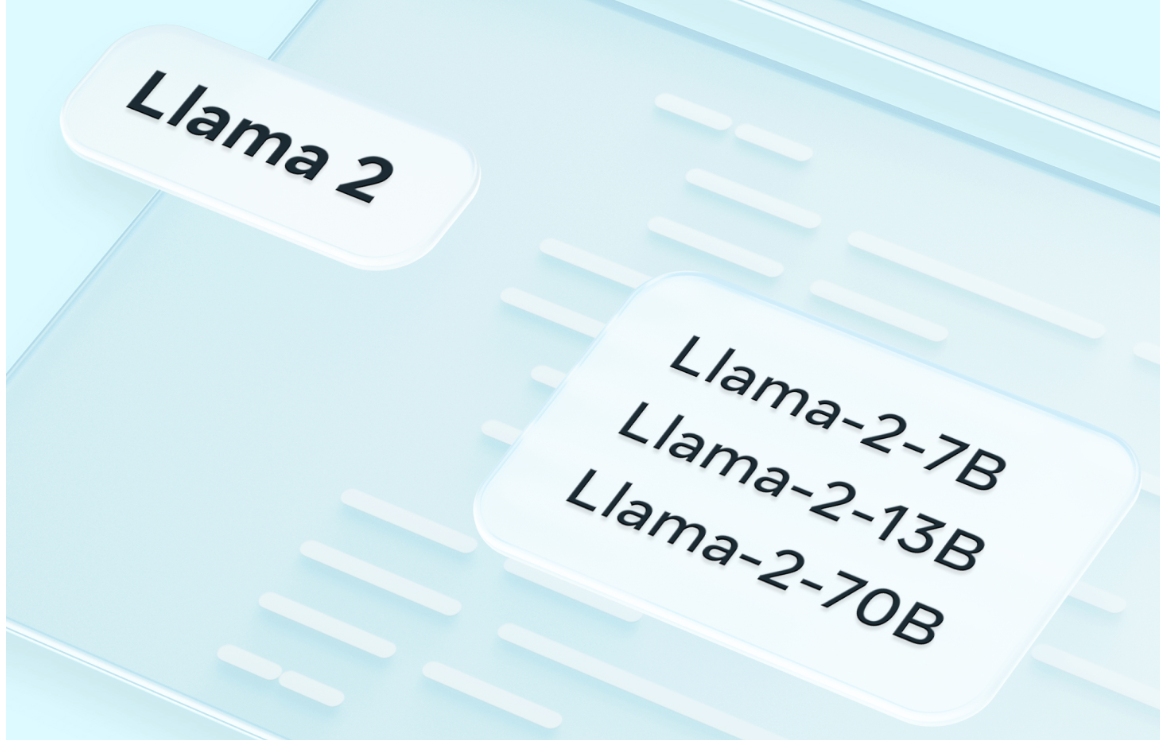Meta’s Llama 2 stands as an open-source Large Language Model (LLM), positioning itself as an alternative to OpenAI’s GPT series and Google’s AI models, such as PaLM 2. However, it sets itself apart by being accessible to almost everyone, both for research and commercial applications.
What Makes Llama 2 Unique?
While there are other LLMs, like GPT-3 and PaLM 2, Llama 2 operates in fundamentally the same manner, utilizing the transformer architecture. By processing textual input, Llama 2’s neural network predicts subsequent text, incorporating billions of parameters. Its dynamic algorithm, influenced by human-like variables, can produce strikingly human responses.
Though it lacks an intuitive demo akin to ChatGPT, Hugging Face remains the best platform to experience Llama 2. The variations available include:
The “Chat” signifies these are optimized for dialogues, comparable to ChatGPT. They differ in terms of parameter size, impacting both speed and performance.
However, it’s essential to understand that, right off the bat, Llama 2 might not match ChatGPT, especially when compared to GPT-4. They’re engineered to be further refined according to specific requirements.
Llama 2’s Foundation
Llama 2’s architecture was trained using 2 trillion tokens from sources like Common Crawl, Wikipedia, and Project Gutenberg. This vast training ensures that the model can understand contextual relations. But, with vast internet-based training comes the challenge of biases. Developers have used reinforcement learning combined with human feedback to navigate this, ensuring the generated responses remain safe and relevant.
Additionally, users can customize Llama 2. Whether you aim to develop a model to generate brand-specific summaries or address customer inquiries, Llama 2 can be trained accordingly.
Comparing Llama to Other Models
According to the official research paper, the 70B Llama models outdo other open-source LLMs, measuring up to GPT-3.5 and PaLM. However, they fall slightly short when placed against GPT-4 or PaLM 2. Personal tests also reflect similar observations, with Llama 2 occasionally producing less accurate outputs, albeit without any objectionable content.
Why Llama 2 Matters
Major LLMs such as GPT-3, GPT-4, and PaLMs have largely remained closed-source. Though Llama 2 breaks this mold, offering transparency in its developmental process and accessibility for customization. You can explore its code, but be prepared for large files, with the smallest variant exceeding 13 GB.
Moreover, platforms like Microsoft Azure and Amazon Web Services support Llama 2. However, make sure to review Meta’s guidelines for its responsible usage.
Llama’s open-source nature democratizes the AI landscape. Although giants like Google and OpenAI will maintain their stature, the introduction of Llama ensures that there’s always an open-source AI alternative available.
Read related topics:

